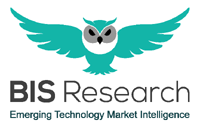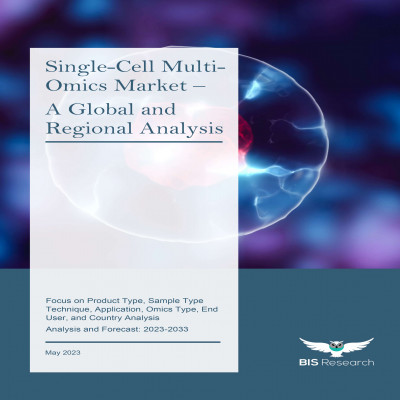A quick peek into the report
Asia-Pacific Single-Cell Multi-Omics Market
Analysis and Forecast, 2023-2033
Frequently Asked Questions
A definition of single-cell multi-omics is that it involves the simultaneous measurement of various molecules within individual cells, providing a comprehensive molecular-level analysis of individual cells. This technique enables the study of genomics, epigenomics, transcriptomics, proteomics, and metabolomics in individual cells, offering insights into cellular processes and interactions at a single-cell level, considering that individual cells can exhibit distinct behavior even within the same biological context.
Biopharmaceutical and pharmaceutical companies involved in the manufacturing, and commercializing of drugs, should buy this report. Moreover, the research laboratories and contract research organizations can also be potential buyers of the report.
The global single-cell multi-omics market is projected to reach $7.72 billion by 2033 from $1.43 billion in 2022, growing at a CAGR of 17.27% during the forecast period 2023-2033.
Single-cell multi-omics is used to investigate complex biological processes like development, disease progression, and immune response with unprecedented resolution. It enables researchers to identify rare cell populations, characterize cell states, map cellular trajectories, and decipher regulatory networks, offering insights into disease mechanisms and potential therapeutic targets.
Single-omics refers to the analysis of one type of biological molecule, such as genomics (DNA), transcriptomics (RNA), or proteomics (proteins), in a sample. Multi-omics involves the simultaneous analysis of multiple types of molecules, providing a more comprehensive view of cellular processes and interactions across different molecular layers.

